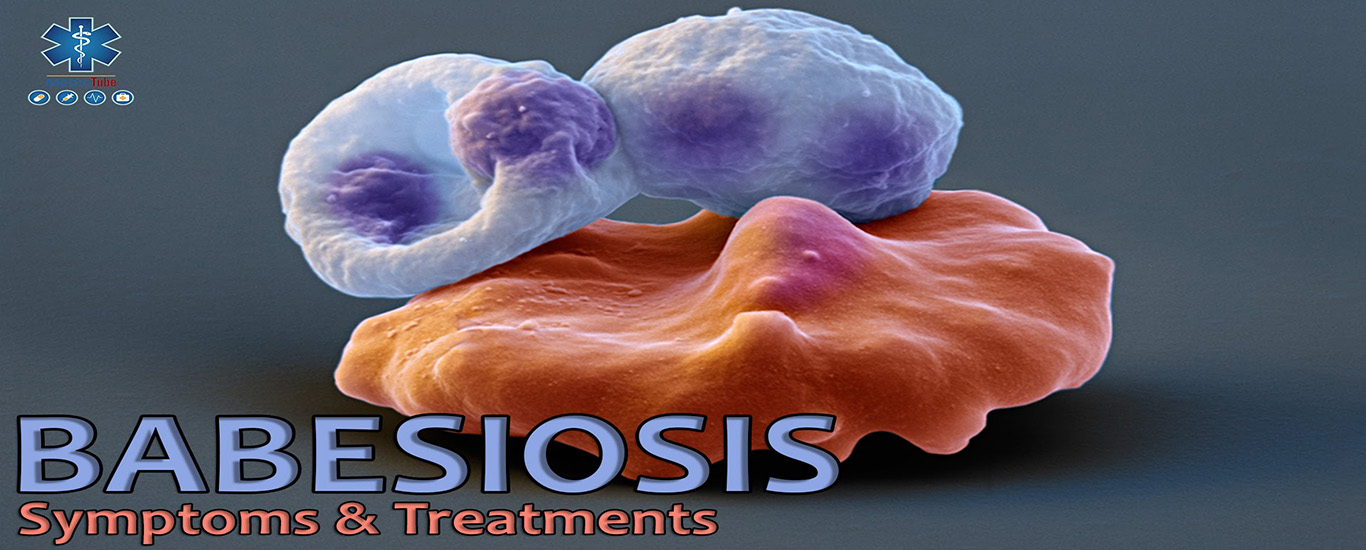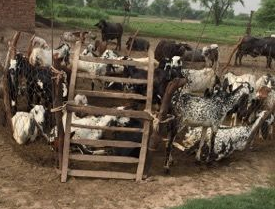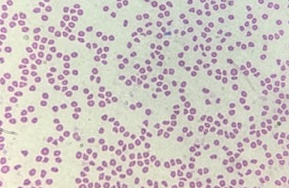
By Rafaqat Ali, Amar Nasir, Abdul Shakoor, Syed Ehtisham-ul-Haque, Benish Ali
College of Veterinary & Animal Sciences, Jhang (Sub-campus University of Veterinary and Animal Sciences, Lahore; Government College University Faisalabad.
 Goat production trends in the world are increasing, driven by human demands of milk, meat and leather wearing. Consumers are showing great taste for the dairy products of goats, such as yogurt, butter, cheese, ice cream etc. Pakistan is among the top 3 countries of the world with a goat population of more than 70 million. Babesiosis is a parasitic disease caused by blood borne protozoans of different species of Babesia i.e. B. ovis, B. motasi and B. crassa. It is considered as a major constraint in small ruminant production in Asia, Africa and Southern Europe and has significant influence in the international trade of animals and animal’s products. Babesia species are transmitted by Ixodide ticks which are mainly present on and around the vulva, anus on sheep and goats causing fever, anemia, haemoglobinuria and icterus. Babesiosis is present world over but the prevalence of disease is more in South Asian countries i.e. in Pakistan and India.
Goat production trends in the world are increasing, driven by human demands of milk, meat and leather wearing. Consumers are showing great taste for the dairy products of goats, such as yogurt, butter, cheese, ice cream etc. Pakistan is among the top 3 countries of the world with a goat population of more than 70 million. Babesiosis is a parasitic disease caused by blood borne protozoans of different species of Babesia i.e. B. ovis, B. motasi and B. crassa. It is considered as a major constraint in small ruminant production in Asia, Africa and Southern Europe and has significant influence in the international trade of animals and animal’s products. Babesia species are transmitted by Ixodide ticks which are mainly present on and around the vulva, anus on sheep and goats causing fever, anemia, haemoglobinuria and icterus. Babesiosis is present world over but the prevalence of disease is more in South Asian countries i.e. in Pakistan and India.
Caprine Babesiosis was reported in recent past from many countries of the world like Eastern Turkey (1% prevalence), Iran (12.2%), Iraq (7.1%), India (34.5%) and Bangladesh (2.18%) by using PCR and microscopic examination. In Dera Ghazi Khan and Lahore districts of Punjab (Pakistan), the prevalence of Babesiosis was 18% and 13.5%, respectively during 2013. This disease significantly affects the health of goats and thus

inflicts substantial losses to goat’s owners. Babesia species can be diagnosed through microscopy of Giemsa stained thin blood smear as well as using modern molecular techniques such as Polymerase Chain Reaction (PCR) and Enzyme Linked Immuno Sorbant Assay (ELISA). A study was carried out to investigate the prevalence of Babesiosis in Beetal, Teddy and Crossbred goats, impact of infection on blood profile and therapeutic efficacy of various drugs against babesiosis in Tehsil Jhang, Punjab during May-August, 2017. Blood samples of goats were collected from privately owned farms situated at different regions of Tehsil Jhang. Approximately 5ml of blood was collected through jugular venipuncture using 10 ml disposable plastic syringe from each animal and preserved in vacutainer tube containing anticoagulant (K3EDTA). The haemo-protozoan was identified by using thin blood smear prepared on a clean, grease free glass slide stained with Giemsa’s stain. For therapeutic trial was conducted using, Imizol® (ICI, Pakistan) at 0.1mg/10 kg body weight (BW) intramuscularly, along with Oxytetracyline in Beetal goats. Teddy goats were treated with Redmido® (Leads Pharma, Pakistan) at 1ml/100kg BW i.m. along with Oxytetracyline while, Crossbred goats were treated with I-DEMIN® (International Pharma Labs, Lahore) @ 1ml/30 kg BW along with Oxytetracyline.

The control group was given 5% dextrose with normal saline solution (3ml/animal) intramuscularly. Blood profile was evaluated through fully automated Veterinary Hematology Analyzer (Boule Medical, Sweden). The ticks collected from the animals’ body were identified at generic level and through studying their morphological characteristics given in the identification key. The overall prevalence of Babesiosis in goats was 23.6 ± 4.80% based on microscopic examination of Giemsa stained thin blood smears in goats while prevalence in different breeds of goat i.e. Beetal, Teddy and Crossbred goats was 15 ± 6.9%, 28 ± 8.8% and 28 ± 8.8%, respectively.
According to managemental conditions, the overall prevalence of ticks was42 ± 5.5% with higher prevalence of 46.15 ± 6.9% observed on dirt yard floor. More prevalence of babesiosis was observed in rural areas and in male goats in month of August, primiparous goats and in a herd composed of both sheep and goats together. mean Red blood cells count, mean hemoglobin count and mean packed cell volume values showed statistically significant (P<0.05)decrease while mean total leukocytic count and differential leukocytic count increased but were statistically non-significant (P>0.05). Imizol®, Redmido® and I-DEMIN® along with Oxytetracyline displayed 100 ± 0.0%, 88 ± 12.7% and 80 ± 15.6%efficacy against babesiosis in various breeds of goats. Imizol® along with Oxytetracyline injection was foundto be the most effective treatment against Caprine Babesiosis in the current study. It was concluded that Caprine Babesiosis is quite prevalent in the study area which needs be controlled through different ways such as biological control, chemotherapy and genetic control to get optimal production from the goats. Most effective control for babesiosis is chemotherapy through which drug can kill the parasite without harming host. For prophylactic control of Caprine Babesiosis, ticks control and eradication from the animals and barns is the key. This study is expected to inform the stakeholders about the current status regarding the prevalence of babesiosis in different breeds of goats and provide better therapeutic approaches to treat the disease.







